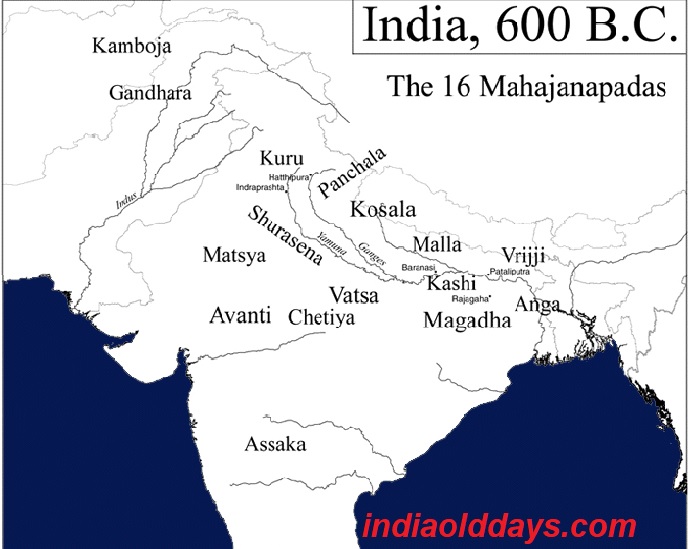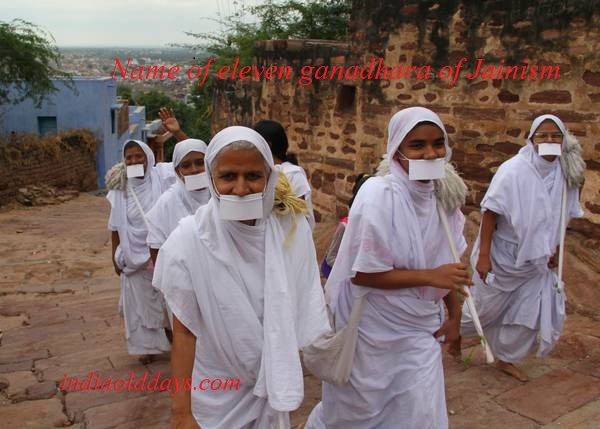Kannauj Condition After Harsh Death
After the death of Harshvardhan, the powers of political decentralization and partition were once again active in north India. In Kamarup, Bhaskaravarma established his independent kingdom by conquering Karnasuvarna and the surrounding areas and Adityasena, the son of Madhavagupt, the feudatory of Harsh in Magadha, established his independent kingdom. Many independent states were established in the western and north western parts of India. Karkot dynasty came to power in Kashmir. Generally this period was a period of mutual struggle and rivalry. Kannauj became the focal point of political activities of North India after Harsh. On which the struggle between different powers started to take control.
Chinese Invasion
Harsh had no son, Hence, Kannauj was captured by local ruler named Arjun after that. The Chinese writer Ma-Twan-Lin tells us that in 646 AD, the Chinese king sent a third envoy to India under the leadership of Vang Huanntse. Harsh had died when he reached Kannauj and Arjun was the king of there. He stopped and looted the envoy by his soldiers. Vang somehow escaped and saved his life. In retaliation, he attacked Arjun with soldiers from Tibetan king Gumpo and Nepali king Anshuvarma. Arjun was defeated. many of his soldiers were killed and he was captured and taken to china, where he died in prison. This statement implies that after the death of Harsh, a state of chaos and disorder had prevailed in northern India and small states had become independent in different parts.
Following is the description of the major powers in Northern India after Harsh’s death-
The history of Kannauj appears bleak for nearly 75 years after Harsh’s death. After the end of this dark age, we see an ambitious and powerful ruler named Yashovarman on the throne of Kannauj.
Yashovarman
We do not know anything about Yashovarman’s lineage and early life. Seeing the addition of the word Varman at the end of his name, some scholars consider him the ruler of the Maukhari dynasty. but we certainly say anything about it. Regarding the events of Yashovarman’s reign, we get information from written poetry of Prakrit language called Gaudavho of his court poet vakyapati, Which is the main source of its history.
Goudavho gives the details of Yashovarman’s military campaign which is as follows-
At the end of rainy season he set out with his army for victory. Passing through the Son Valley, he reached Vindhyaparvat and pleased Vidhyavasini Devi by worship. From here he raised the Magadh ruler. The king of Magadh was killed in battle. He then marched on Bangdesh. The Bang people accepted his subjection.
After Bangvijay, Yashovarman defeated the king of the south and crossed Malayagiri. He raised the Parsis and defeated them in battle. He received tax in the inaccessible areas of the Western Ghats. He came to the banks of river Narmada and went through the beach, Reached Marudesh (Rajasthani desert). From here he came to Srikanth and then reached Ayodhya via Kurukshetra. The inhabitants of Mount Mandarachal accepted his sovereignty. He also conquered the Himalayan region.
Conquering the world, he returned to his capital Kannauj.
To what extent the above Vivaram of Gaudavho is correct, it cannot be said. In this, the name of the king of Bang (Gaun) country is not found. Gaun Victory is also mentioned at the end of poetry. The description of this poem seems very exaggerated, and it is hard to believe, That he would have won all the states of North and South mentioned in it. But his eastern victories are confirmed by an article from Nalanda. In this, he has been called the universal ruler. This proves his authority over Magadha and Gaun. At that time, a Chinese traveler named Hui-Chao came to Kannauj. Although he does not write the name of the ruler, it still states, That he was the lord of a vast region and the winner of many wars.
In 731 AD, Yashovarman sent his minister named Pu-ta-sin (BuddhSen) to the court of the Chinese ruler. In Chinese accounts he is called I-sh-fo-mo, who was the king of Madhya Pradesh. Kashmir king Lalitaditya Muktapi, who sent an envoy to China in 736 AD, Mentions Yashovarman as one of his friends. It seems that both these kings demanded military assistance from the Chinese ruler against the Arabs. After conquering Sindh the Arabs sent an army towards Kannauj which Yashovarman would have defeated. Hence, the Parsikas of Gaunvho seem to refer only to the Arabs of Sindh.
In this way, Lalitaditya and Yashovarman prepared a protest against the Arabs for some time. But soon their relationship deteriorated. The mutual conflicts of the two rulers are mentioned in Kalhan’s Rajatarangini. It is learned that Yashovarman was badly defeated in the war and his kingdom was shattered. It is said poetically in Rajatarangini that Yashovarma, served by poets like Vakyapati, Bhavabhuti, began to sing his (Lalitaditya’s) praises and the part of Kannauj state from Yamuna to Kalika (Kali) river became the courtyard of Lalitaditya’s palace.
Yashovarman Scholar’s Refuge
Yashovarman Scholar, Sharanyashovarman, ruled from 700 AD to 740 AD. He was also a harbinger of scholars. Apart from Vakpati, the great Sanskrit playwright Bhavabhuti lived in his court.
Bhavabhuti has composed three famous drama texts, which are as follows-
- Malatimadhav – Malatimadhav is a 10-digit drama in which Madhava and Malati’s love story is described.
- Uttarramcharit – There is also Seven digit in Uttarramcharit. It contains the story of Uttarakhand of Ramayana. Bhavabhuti is considered the teacher of Karunras.
- Mahaveercharit – There is a story in seven points of Mahaviracharit from the marriage of Ram to the coronation.
Religion of Yashovarman
Yashovarman was Shaivamtanayayi. Its rise and fall was like a meteor. His son’s name is found in jain texts Amarajav. Who then ruled kannauj and Gwalior, But the historicity of these details is questionable. In the present case, we cannot say for sure about yashovarman’s successors. After that we find the kings of Ordnance in Kannauj ruling. Names of Vajrayudh, Indrayudh and Chakrayudha are found in these. These were extremely weak rulers.
Reference : https://www.indiaolddays.com





